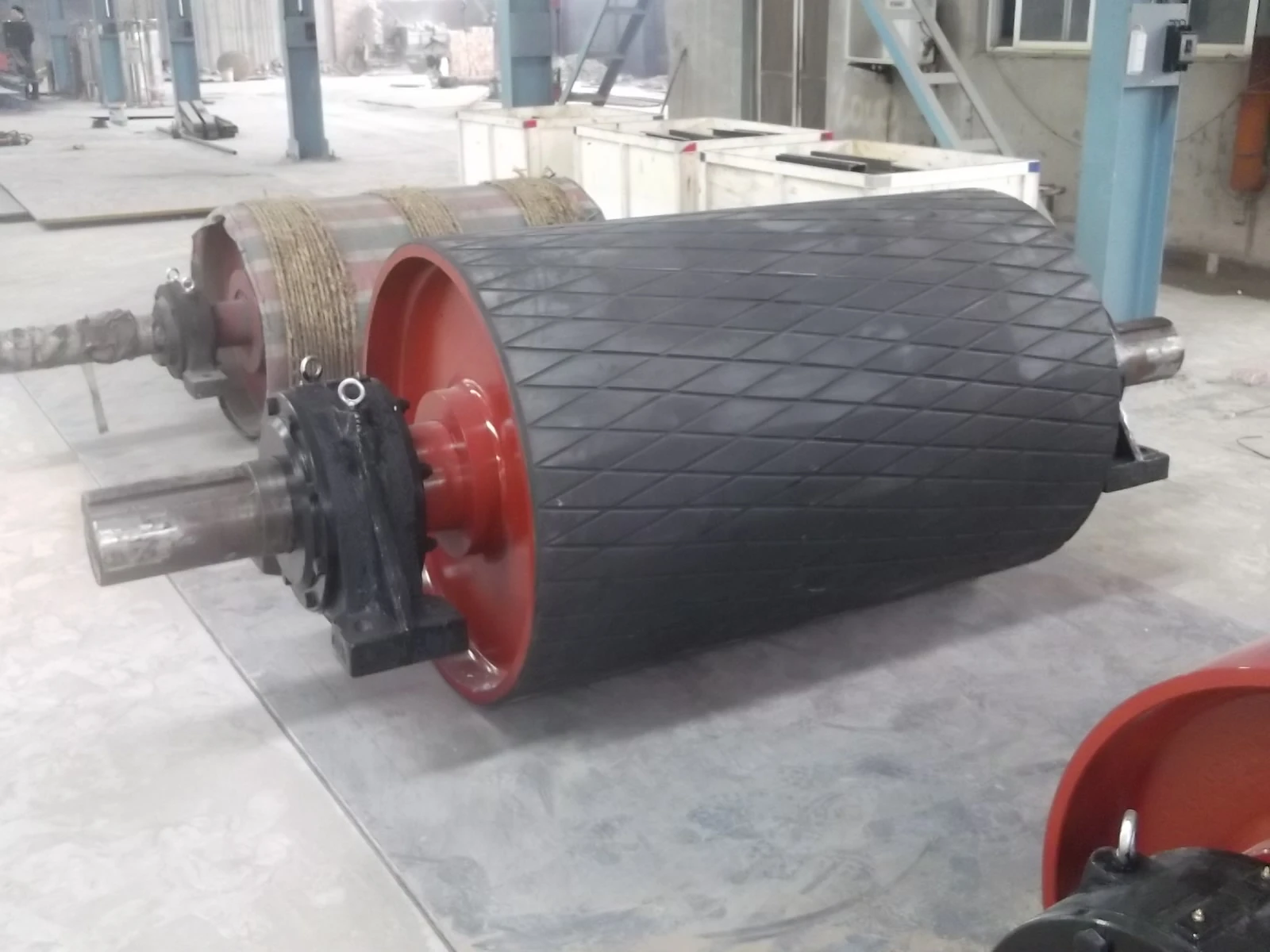 Afrikaans
Afrikaans  Albanian
Albanian  Amharic
Amharic  Arabic
Arabic  Armenian
Armenian  Azerbaijani
Azerbaijani  Basque
Basque  Belarusian
Belarusian  Bengali
Bengali  Bosnian
Bosnian  Bulgarian
Bulgarian  Catalan
Catalan  Cebuano
Cebuano  Corsican
Corsican  Croatian
Croatian  Czech
Czech  Danish
Danish  Dutch
Dutch  English
English  Esperanto
Esperanto  Estonian
Estonian  Finnish
Finnish  French
French  Frisian
Frisian  Galician
Galician  Georgian
Georgian  German
German  Greek
Greek  Gujarati
Gujarati  Haitian Creole
Haitian Creole  hausa
hausa  hawaiian
hawaiian  Hebrew
Hebrew  Hindi
Hindi  Miao
Miao  Hungarian
Hungarian  Icelandic
Icelandic  igbo
igbo  Indonesian
Indonesian  irish
irish  Italian
Italian  Japanese
Japanese  Javanese
Javanese  Kannada
Kannada  kazakh
kazakh  Khmer
Khmer  Rwandese
Rwandese  Korean
Korean  Kurdish
Kurdish  Kyrgyz
Kyrgyz  Lao
Lao  Latin
Latin  Latvian
Latvian  Lithuanian
Lithuanian  Luxembourgish
Luxembourgish  Macedonian
Macedonian  Malgashi
Malgashi  Malay
Malay  Malayalam
Malayalam  Maltese
Maltese  Maori
Maori  Marathi
Marathi  Mongolian
Mongolian  Myanmar
Myanmar  Nepali
Nepali  Norwegian
Norwegian  Norwegian
Norwegian  Occitan
Occitan  Pashto
Pashto  Persian
Persian  Polish
Polish  Portuguese
Portuguese  Punjabi
Punjabi  Romanian
Romanian  Russian
Russian  Samoan
Samoan  Scottish Gaelic
Scottish Gaelic  Serbian
Serbian  Sesotho
Sesotho  Shona
Shona  Sindhi
Sindhi  Sinhala
Sinhala  Slovak
Slovak  Slovenian
Slovenian  Somali
Somali  Spanish
Spanish  Sundanese
Sundanese  Swahili
Swahili  Swedish
Swedish  Tagalog
Tagalog  Tajik
Tajik  Tamil
Tamil  Tatar
Tatar  Telugu
Telugu  Thai
Thai  Turkish
Turkish  Turkmen
Turkmen  Ukrainian
Ukrainian  Urdu
Urdu  Uighur
Uighur  Uzbek
Uzbek  Vietnamese
Vietnamese  Welsh
Welsh  Bantu
Bantu  Yiddish
Yiddish  Yoruba
Yoruba  Zulu
Zulu conveyor snub pulley
The Importance of Conveyor Snub Pulleys in Material Handling Systems
Conveyor systems play a critical role in various industries, facilitating the seamless transportation of materials such as raw materials, finished goods, and waste products. Among the many components that constitute these systems, the conveyor snub pulley holds significant importance due to its unique function and influence on overall system efficiency.
What is a Conveyor Snub Pulley?
A snub pulley is a type of pulley that is used in conveyor systems to redirect the conveyor belt and improve its tension. It is typically installed at specific points along the conveyor system, where it makes contact with the belt. While standard pulleys serve to support and guide the belt, snub pulleys perform additional roles, including increasing belt wrap around drive pulleys, thus enhancing traction, which is crucial for effective material movement.
Function and Benefits
1. Increased Traction One of the primary functions of the snub pulley is to increase the contact area between the conveyor belt and the drive pulley. This extra friction ensures that the conveyor system operates smoothly and reduces the risk of belt slippage. Increased traction is particularly vital when transporting heavy loads that require more force to move.
2. Belt Tension Adjustments Snub pulleys play a key role in maintaining the optimal tension of the conveyor belt. Proper tension is crucial for avoiding excessive wear and tear, which can lead to premature failure. By allowing adjustments to the belt’s tension, snub pulleys help to ensure a balanced load distribution, thereby extending the lifespan of the conveyor components.
3. Belt Alignment and Stability Conveyor belts must remain aligned properly to minimize friction and energy loss. Snub pulleys assist in maintaining the correct belt alignment, which helps in reducing operational risks. A misaligned belt can lead to uneven wear, increased energy consumption, and even catastrophic failures if not addressed promptly.
conveyor snub pulley

4. Reducing Noise and Vibration In addition to their mechanical benefits, snub pulleys contribute to noise reduction in conveyor systems. As they allow smoother operation, there is less vibration and noise generated during the transportation of materials, leading to a more pleasant working environment.
Material Considerations
When selecting snub pulleys for a conveyor system, it is essential to consider the materials from which they are made. Common materials include rubber, steel, or composite materials, each with its own set of advantages. The choice of material will depend on various factors such as the weight of the materials being transported, the environmental conditions (humidity, temperature), and the level of abrasion expected. For instance, rubber coatings may provide increased friction and noise dampening, while steel offers greater durability and strength.
Maintenance and Inspection
To ensure optimal performance of conveyor snub pulleys, regular maintenance and inspection are crucial. Routine checks on the alignment, tension, and wear of the pulley can prevent unexpected breakdowns and downtime. Lubrication, where applicable, also plays a significant role in ensuring smooth operation and reducing wear.
Conclusion
In conclusion, conveyor snub pulleys are an essential component of any material handling system that seeks to ensure efficiency and reliability. Their ability to enhance traction, adjust belt tension, maintain alignment, and reduce noise makes them invaluable in modern industrial operations. By selecting appropriate materials and adhering to regular maintenance schedules, businesses can optimize their conveyor systems and improve overall productivity. Emphasizing the significance of these components will empower manufacturers and operators to achieve seamless productivity in their material handling processes.
-
Revolutionizing Conveyor Reliability with Advanced Rubber Lagging PulleysNewsJul.22,2025
-
Powering Precision and Durability with Expert Manufacturers of Conveyor ComponentsNewsJul.22,2025
-
Optimizing Conveyor Systems with Advanced Conveyor AccessoriesNewsJul.22,2025
-
Maximize Conveyor Efficiency with Quality Conveyor Idler PulleysNewsJul.22,2025
-
Future-Proof Your Conveyor System with High-Performance Polyurethane RollerNewsJul.22,2025
-
Driving Efficiency Forward with Quality Idlers and RollersNewsJul.22,2025





























